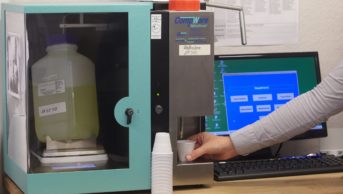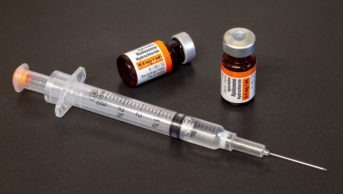
Shutterstock.com
Patients who are prescribed the anticonvulsant medication gabapentin alongside opioid painkillers could face an increased risk of opioid-related death, a new study published in PLOS Medicine has found.
The case-controlled study in Ontario, Canada, compared 1,256 opioid users who died of an opioid-related cause with 4,619 matched controls who also used opioids, but did not die of an opioid-related cause during the study period.
The researchers from the University of Toronto found that 12.3% of those who had died of opioid-related causes and 6.8% of the control group were prescribed gabapentin in the previous 120 days.
They concluded that the combination of gabapentin and opioid exposure was associated with a 49% higher risk of dying from an opioid overdose than opioid use alone. Gabapentin may increase the amount of opioid absorbed by the body, effectively increasing the opioid dose.
Gabapentin is often used in conjunction with opioids to treat chronic pain, but both drugs have been shown to suppress breathing, a potentially fatal side-effect. Gabapentin can also increase the amount of opioid absorbed by the body, ultimately increasing the opioid dose.
In September 2017, the UK government accepted a recommendation from the Advisory Council on the Misuse of Drugs that gabapentinoids be reclassified as class C drugs because of the risks of “illegal diversion and medicinal misuse”. The recommendation was made following a recent increase in the number of deaths attributed to the drugs. Prior to 2009, there was less than 1 death per year attributed to gabapentinoids, but in 2015 there were 137 deaths, the majority of which were associated with opioid use.
The authors of the PLOS Medicine article note that the study was limited to a population of patients eligible for public drug coverage in Ontario, which disproportionately represented low-income neighbourhoods. In addition, the study did not assess drug adherence or take into account drugs that patients obtained outside of the government reimbursement system


